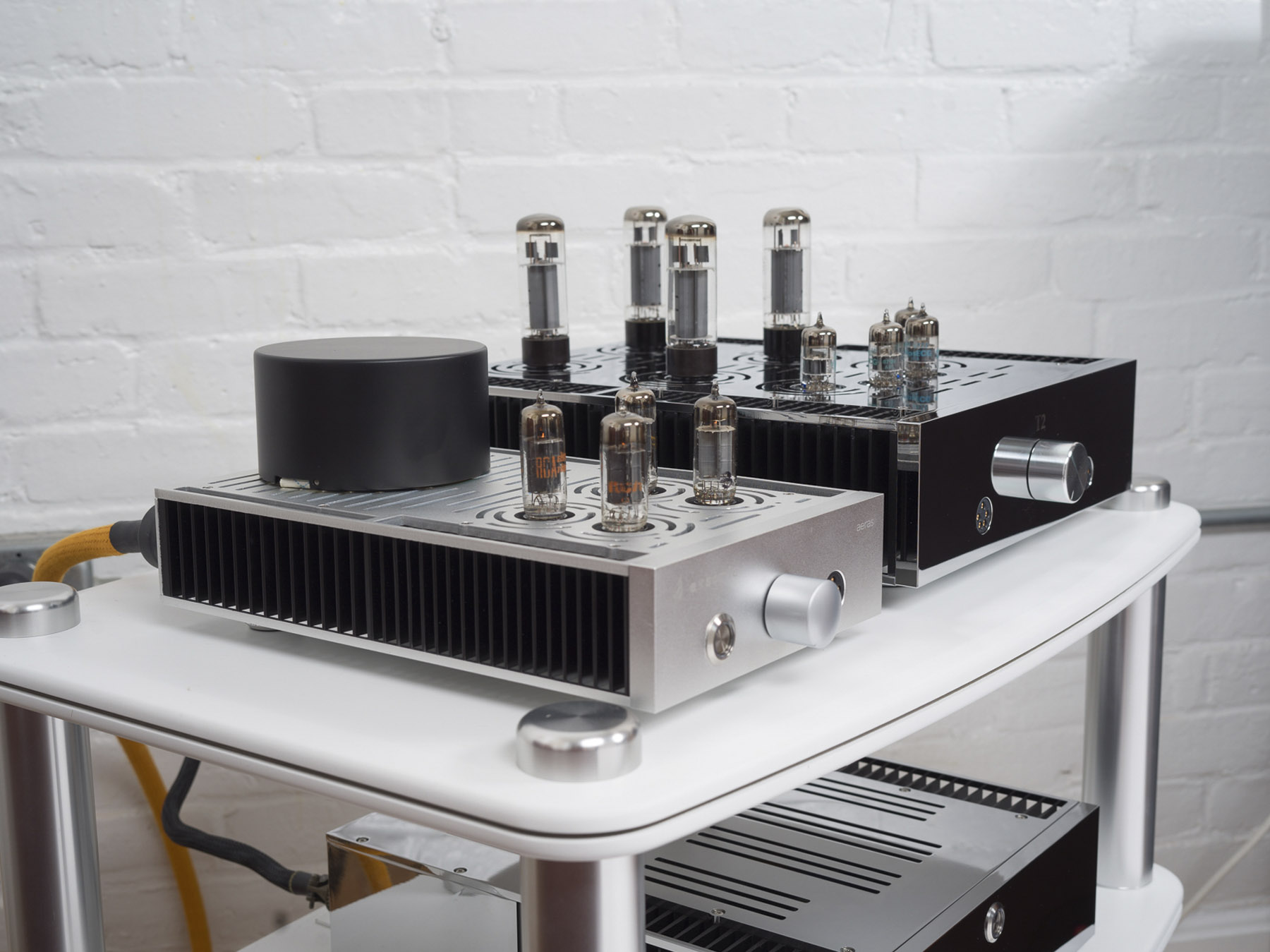Amir, first, I think you do a service to the community especially with objective dynamic driver measurements. Regarding your evaluation of Hive & SRM313 combo, I know you will appreciate how easily it is to get fooled by subjectivity so let me explain what might be happening: You may be seeing my F response of my electrostatic headphones with “resonant peaks”, then saying “aha! That’s the issue” then listening to the HP’s with an SRM313 that will introduce distortion in the high frequencies (please see the scope shots I attached or take your own with a Stax HP connected, play 10kHz or 15kHz and 20kHz and crank up the voltage, you may visibly see the distortion) and then linking what is probably the amplifier distortion issue directly to the “resonant peaks” in your mind. Then you are EQing those peaks out, with a +5dB delta at 2kHz.. So now your SRM313 which you have proven with another post that can only do 114dBSPL with a 3dB more sensitive HP before clipping, has a 5dB handicap. So now it can only go up to 109dB before clipping. Adjusting for 3dB of sensitivity delta with your previous measurement, that is where you get your 106dBSPL limit before clipping (but not before amp voltage distortion at the higher frequencies at high voltage levels).. Now finally both of these facts (amplifier limit as well as amplifier distortion) will explain your comment and subjective experience “Even without the filter, the ability to play loud is simply not there. Go past slight above average listening level and the sound starts to get dirty and congested. Keep turning up the volume and you now start to get mild static to go with that. Crank it up more and hell breaks loose at 3:00 o'clock.” Also this comment in your conclusion: “Fortunately their effect is not large unless a tone hits on them and you hear the sharp zing”… That sharp “zing” you mention is absolutely caused by high voltage distortion in the highs due to a poor amplifier, and much less by frequency response, I know from experience and objective measurements (please see the scope shots I shared). Many customers prefer my $600 HPs over the $3000 SR009 (not reviewed on this site) exactly because it doesn’t have that extra sibilance or harshness in the highs seen by some estats, which is derived from my tensioning techniques, but if you listen to either one with this amp you will experience the same thing. You do make a final comment “with this amplifier I have at least”. Which I truly do appreciate, however that comment is given no weight relative to the overall post, and people will see this as an objective, scientific review of “The Nectar Hive” as you have in the title with, and a picture of only the headphones without the amp, as “Poor” or “not terrible” (on the front page of this forum, with all valid discussion buried) which is the opposite of the sentiment I’ve gotten over the years.. To quote the customer that sent them in for review “I want you to know that my intentions were to spread the word about what I think it one of the best cans money can buy in today’s market” , and this could very well crush my small business I’ve been painstakingly hand building over 200 headphones for the past 4 years, I developed myself for really really happy customers. There is a lot to consider for a proper estat setup, and even though the trouble that goes to perfecting it is not for everyone, I am really happy to have made them more affordable.

